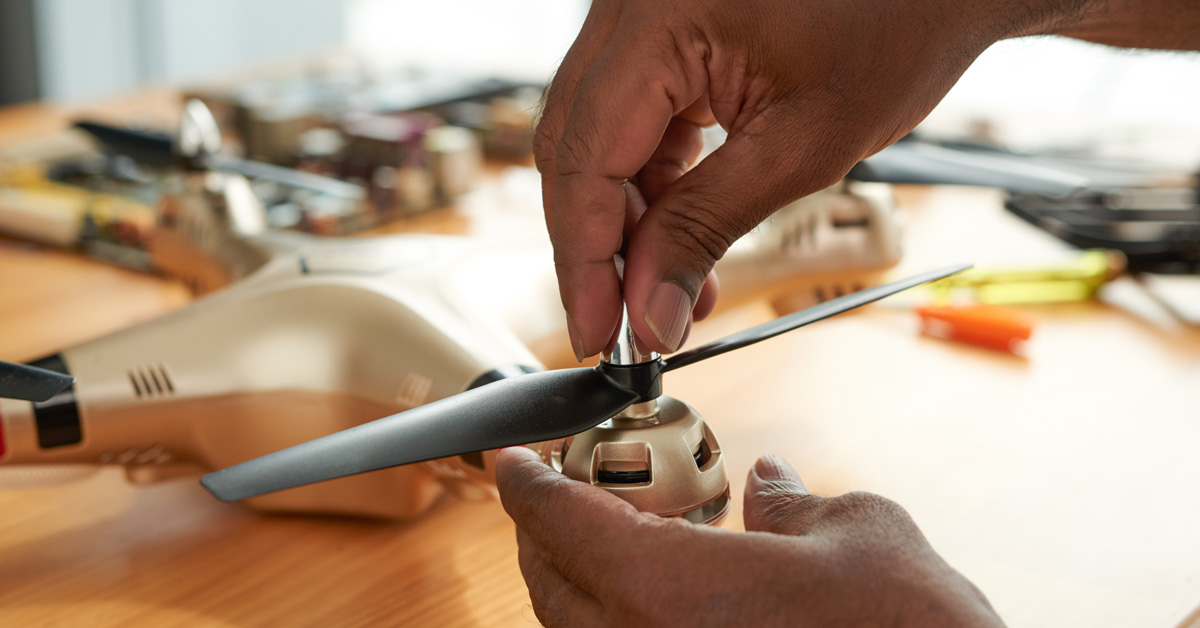Today we’re talking communication procedures, specifically your airplane’s transponder. This post comes to us from Bob Gardner’s The Complete Private Pilot.
Although the transponder has no microphone or speaker, it is a means of communication with ground radar facilities. Interrogation signals transmitted from the ground are received by your transponder, and it replies with a coded signal which the controller can read on the radar scope. Each time the transponder reply light flickers, it has responded to an interrogation. In congested areas the transponder will be replying to interrogation from several radars, while in remote areas it may receive only an occasional interrogation. Always set the four numbers on your transponder to 1200 when flying VFR. Otherwise, enter a specific code as directed by a radar controller while receiving radar services. The regulations require that all transponder-equipped airplanes must have them turned on while in flight. Be careful when setting your transponder—some codes have special meanings. Code 7700, for instance, is the emergency transponder code, used only to alert ground personnel that you are in distress. Code 7500 is the hijacking code, and code 7600 is used by instrument pilots in case of communications failure. Code 7777 belongs to the military. If a controller asks you to change codes, always acknowledge by reading the new code back to the controller.

Push your transponder’s IDENT button only when told to do so by the controller. This feature causes your radar return to intensify on the controller’s scope for exact identification, and when pushed it will stay activated for about 20 seconds. “Identing” when not directed to do so might result in a mis-identification by the controller. When the transponder function switch is ON, you are in Mode A (indicating your position) only, and with the function switch in the ALT (Mode C) position, the transponder will also transmit altitude information to the ground (if an encoding altimeter is installed in the airplane).
A transponder with Mode C capability is required for operation in Class B or C airspace or when flying in controlled airspace above 10,000 feet. You can request a waiver of these requirements if you give ATC one hour’s notice. Additionally, Mode C is required if you fly within 30 nautical miles of the Class B airspace’s primary airport and from the surface to 10,000 feet msl.
Almost all radar facilities require a transponder return for tracking. At those facilities with the most modern equipment, the controller does not see an actual target generated by your airplane but a computer-generated target based on your transponder.
That is why you will occasionally see airplanes visually that have not been called to your attention by the controller; if they don’t have a transponder (or if their transponder is off), they don’t show up on the radar.
A newer type of transponder, Mode S, transmits your airplane’s tail number in addition to position and altitude. These transponders make it possible for users to participate in the Traffic Identification System and Automatic Dependent Surveillance (ADS-B) programs. They are more expensive than Mode A/C transponders but enhance safety.
More on communication procedures from our CFI on Thursday. Thanks for following the Learn to Fly Blog!






